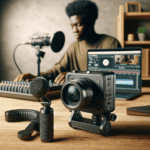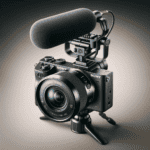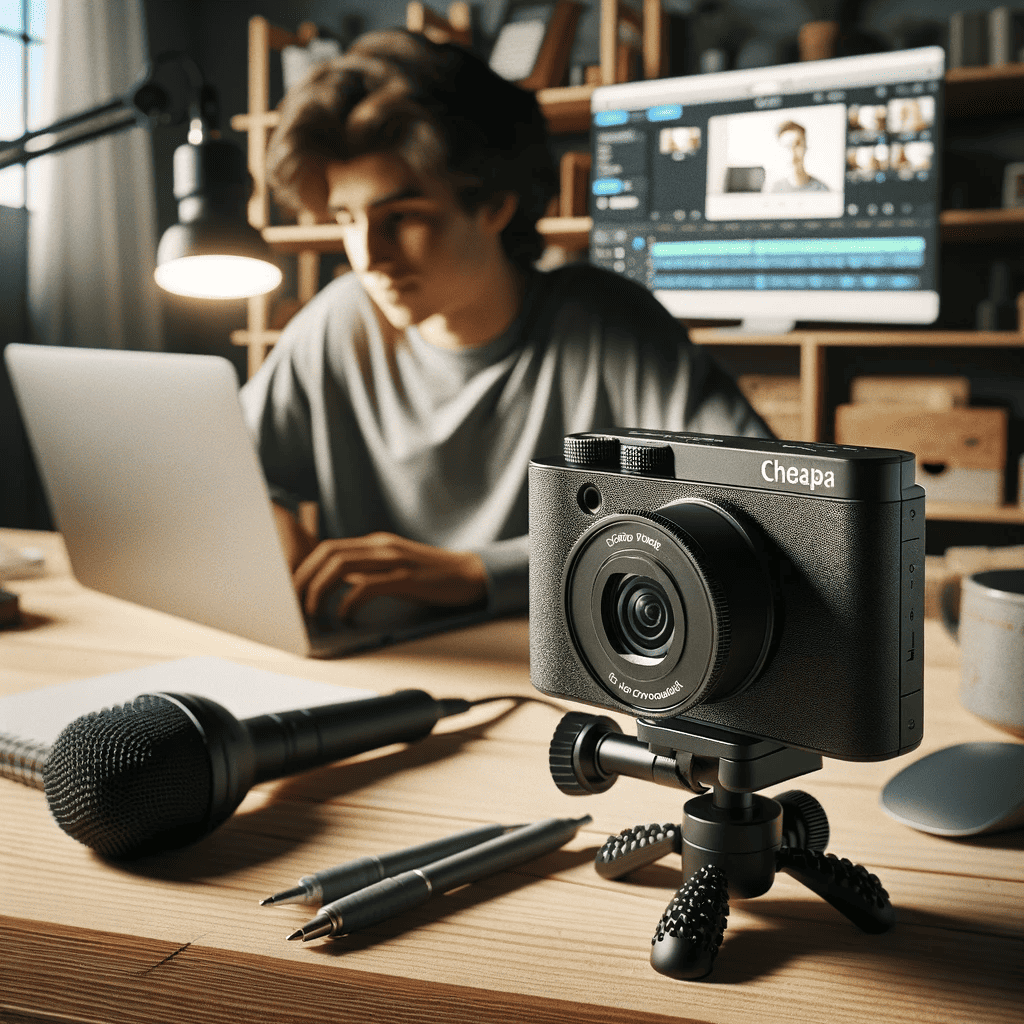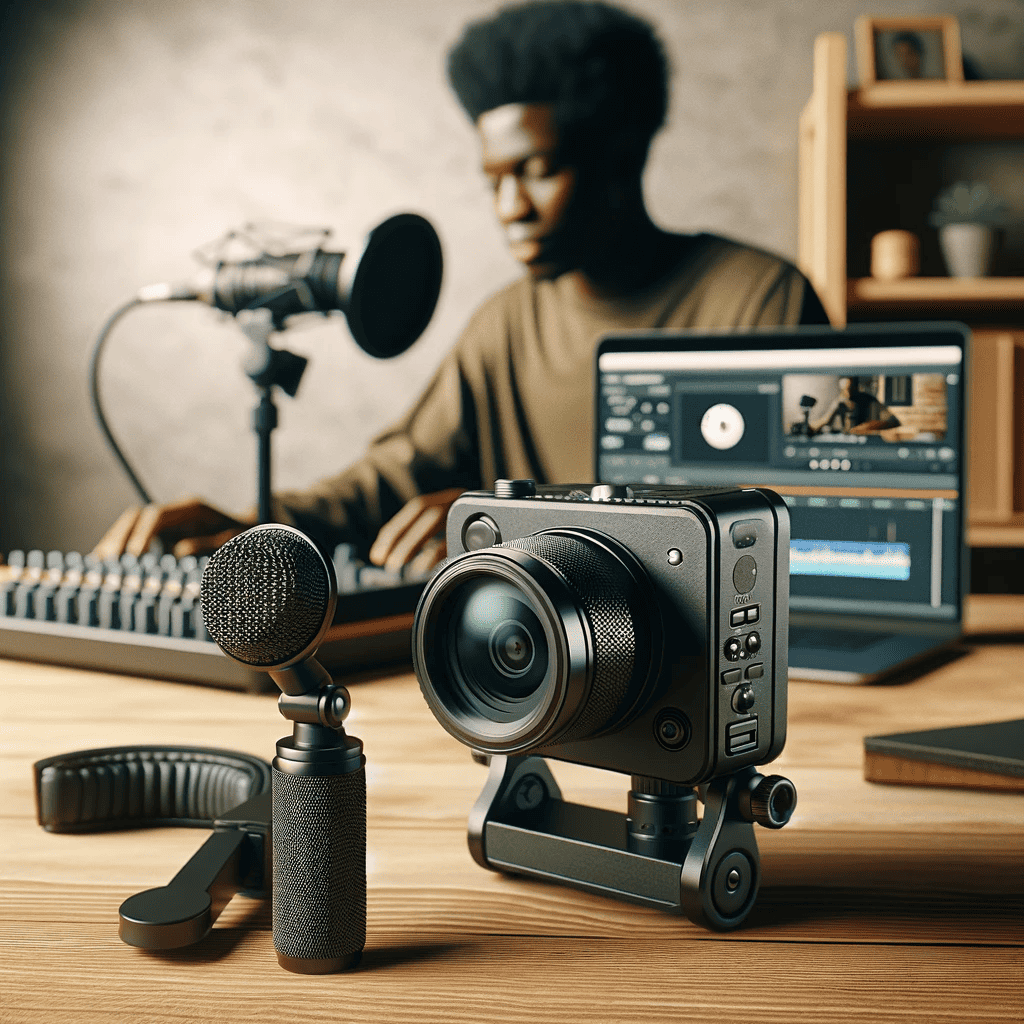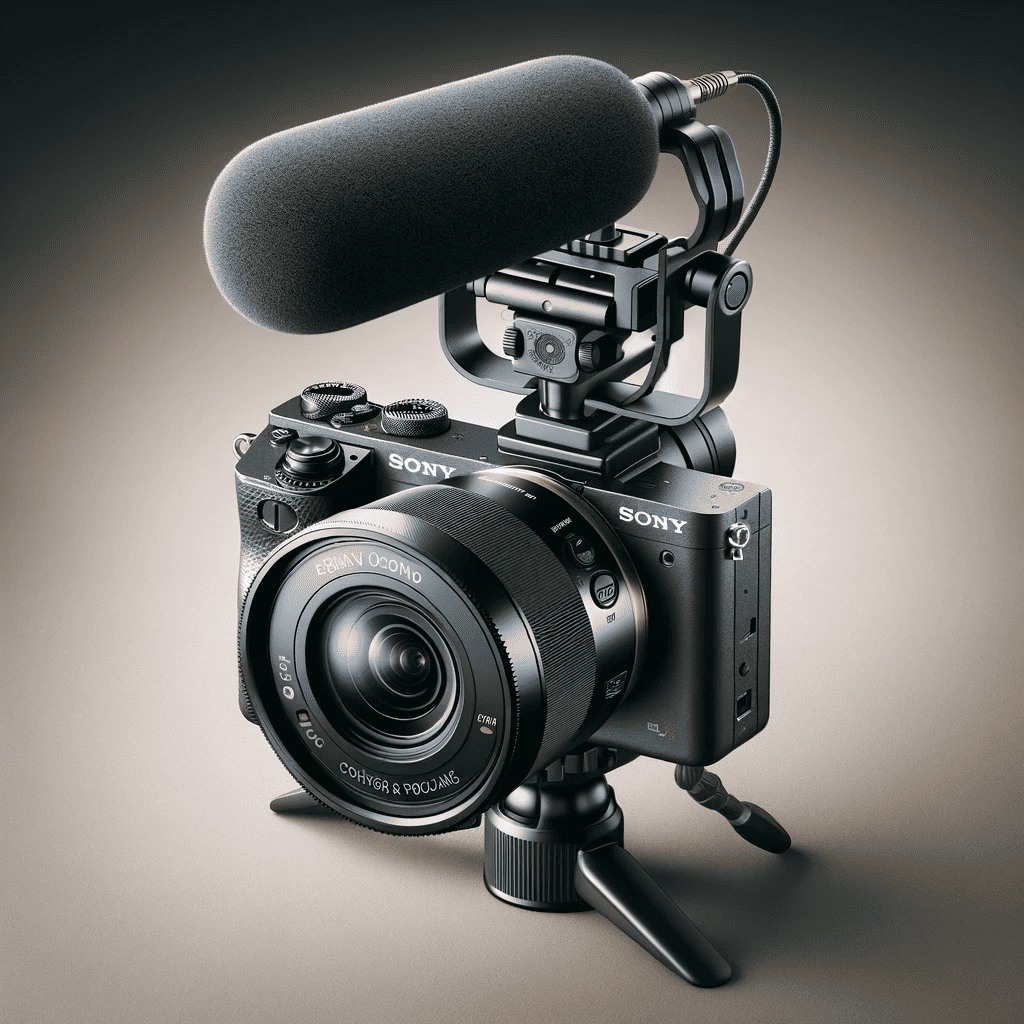Introduction
The growing popularity of hiking and outdoor activities has become a global phenomenon. People are increasingly drawn towards reconnecting with nature, exploring new landscapes, and seeking adventure outside the confines of urban life. Hiking provides an opportunity to escape the daily grind, immerse oneself in breathtaking surroundings, and experience the physical and mental benefits of being outdoors.
A Captured Memory
Capturing memories while hiking is a cherished aspect for many outdoor enthusiasts. Photography allows hikers to freeze moments in time, preserving the beauty they encounter during their journeys. A well-taken photograph can encapsulate the stunning vistas, unique flora and fauna, mesmerizing sunsets, or even the challenging trails conquered along the way.
The Digital Camera for Hiking
The concept of a digital camera for hiking is centered around providing hikers with a portable device specifically designed to capture high-quality images even amidst rugged terrains. Unlike traditional film cameras that require carrying rolls of film and subsequent processing, digital cameras offer instant gratification through their ability to view and edit photographs on-the-go.
With advancements in technology, these cameras have become lighter, more durable, feature-packed tools that cater to the specific needs of hikers who want to document their adventures seamlessly while keeping equipment weight at a minimum. Exploring this intersection between photography and hiking provides an exciting opportunity to delve into the world of outdoor photography gear designed explicitly for adventurers seeking awe-inspiring shots amidst challenging landscapes.
Understanding the needs of hikers in a digital camera

Lightweight and compact design for easy portability during hikes
Hikers require a digital camera that is lightweight and compact, ensuring effortless portability throughout their journeys. A lightweight design reduces the burden on hikers’ backpacks, allowing them to focus on the hike itself rather than being weighed down by heavy equipment. Carrying heavy cameras can lead to fatigue and hinder the overall hiking experience.
Discussing the significance of reducing weight in a hiker’s backpack
Reducing weight in a hiker’s backpack is crucial for maintaining energy levels and overall comfort during long hikes. Every ounce matters when traversing challenging terrains or covering substantial distances. By opting for a digital camera with a lightweight construction, hikers can conserve their energy and avoid unnecessary strain on their bodies.
Exploring different lightweight materials used in camera construction
Camera manufacturers have employed various lightweight materials to ensure portable designs without compromising durability or functionality. For instance, carbon fiber is commonly used in camera bodies due to its exceptional strength-to-weight ratio, providing robustness while keeping weight at bay.
Additionally, magnesium alloys are popular choices as they offer excellent durability while being relatively lightweight. By incorporating these materials into camera constructions, manufacturers meet hikers’ needs for both portability and reliability.
Weatherproof and durable features to withstand outdoor conditions

Discussing the challenges faced by hikers in various weather conditions
Hikers encounter diverse weather conditions throughout their expeditions, making it imperative for their cameras to withstand such environments. From scorching sunrays to heavy rain showers or even freezing temperatures at higher altitudes – cameras designed specifically for hiking must be able to handle these challenges without compromising image quality or performance.
Highlighting weatherproof seals, rugged bodies, and shock resistance
To tackle harsh weather conditions, digital cameras for hiking are equipped with weatherproof seals to prevent water or dust from seeping into sensitive components. Additionally, rugged bodies with reinforced frames and sturdy construction ensure durability in demanding outdoor environments.
Shock resistance features protect the camera against accidental drops or impacts during hikes, providing peace of mind to hikers who may encounter rough terrains or uneven trails. These weatherproof and durable features allow hikers to capture breathtaking photos even in adverse conditions without worrying about damaging their cameras.
Key Features to Consider When Choosing a Digital Camera for Hiking
Image Quality and Sensor Size for Capturing Stunning Landscapes
– Sensor size is crucial for image clarity and low-light performance. – Larger sensors capture more light, resulting in better image quality. – Discuss megapixel count, which determines the level of detail in your photos.
– Dynamic range is important for capturing a wide range of light and shadow in landscapes. – Image stabilization reduces blur caused by camera shake, especially useful during hikes on uneven terrain.
Optical Zoom Capabilities for Capturing Distant Subjects on Trails
– Differentiate between optical zoom and digital zoom. – Optical zoom uses the lens to magnify the subject without sacrificing image quality.
– Discuss focal length ranges suitable for various types of hikes, such as wide-angle lenses for scenic landscapes or telephoto lenses for wildlife photography. – The versatility of optical zoom allows you to capture distant subjects on trails with clarity.
Battery Life Considerations for Extended Trips
– Explore different battery types: rechargeable vs disposable. – Rechargeable batteries are eco-friendly and cost-effective in the long run.
– Disposable batteries provide convenience but may not last as long during extended trips. – Provide tips on conserving battery power while on long hikes, such as turning off unnecessary features or carrying extra batteries.
Recommended digital cameras for hiking based on different budget ranges
Budget-friendly options:
Discuss entry-level point-and-shoot cameras with basic features. Highlight their affordability without compromising essential functionalities. Entry-level point-and-shoot cameras offer a great starting point for hikers on a budget.
These compact and lightweight cameras are easy to carry during your hikes and provide the convenience of automatic settings. They are perfect for beginners who want to capture stunning photos without getting overwhelmed by complex manual controls.
Despite being budget-friendly, these cameras still offer essential functionalities such as image stabilization, burst mode, and decent zoom capabilities. Some recommended options in this category include the Canon PowerShot ELPH 180 and the Sony Cyber-shot DSC-W800.
The Canon PowerShot ELPH 180 boasts an 8x optical zoom, allowing you to get closer to your subjects on the trail. It also features built-in image stabilization for shake-free photos.
The Sony Cyber-shot DSC-W800 offers a 5x optical zoom and includes features like face detection autofocus and intelligent scene recognition. Both of these cameras come at an affordable price point while ensuring good image quality, ease of use, and durability for your hiking adventures.
Conclusion
Choosing the right digital camera for hiking is essential to capture your outdoor experiences with high-quality photos. By considering factors such as lightweight design, weatherproof features, image quality, optical zoom capabilities, battery life, and budget considerations, you can find a camera that suits your needs perfectly.
Remember that the best camera is ultimately the one you have with you on your hikes. Whether you opt for a budget-friendly option or invest in a higher-end model with advanced features, what truly matters is getting out there and capturing those breathtaking moments in nature.
So gear up with the right camera that fits both your requirements and budget constraints—and start preserving your hiking memories one click at a time. Happy hiking and happy shooting!


